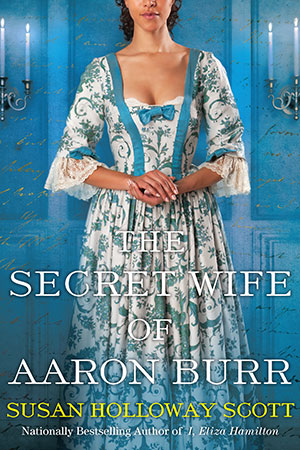Susan reporting:
For many of us American history-nerds, the great British country houses seem to exist in an almost supernatural state of romantic perfection. They're the idealized places we imagine in Jane Austen's novels and see as backgrounds in films (among them:
Brideshead Revisited, The Duchess, Pride and Prejudice, The Go-Between.) As an art history major in college, I sat in darkened classrooms and gazed in awe at slides of Palladio-inspired majesty, nestled in flawless green landscapes.
But reality is often not so kind. Taxes, war, changing societies, and shifting family fortunes all take their toll. Even houses made of stone become vulnerable over time (see
Highclere Castle, playing the namesake of
Downton Abbey.) Nowhere is this more tragically evident than at Mavisbank, a once-grand country house south of Edinburgh in Midlothian, Scotland.
Built in 1723-1727, Mavisbank,
above, was one of those rare collaborations between the foremost architect of the day in
William Adam and an artistic, appreciative client in
Sir John Clerk. The magnificent house, grounds, and gardens (the painted view,
right, features the canal that pointed towards the house) they created was the first Palladian-inspired villa built in the north, and instantly became known as one of Scotland's most important and beautiful country houses.
Yet by 1815, the house had already passed from the Clerk family, and in 1876 the once-elegant house became a lunatic asylum. For the next 70 years, insensitive renovations and additions further eroded the building's beauty. The famous gardens and surrounding fields went untended. Although the house was no longer used as a hospital, its last private owner was perhaps the most abusive of all, letting Mavisbank become a tattered haven for squatters and trailers, its front court used as an automobile junkyard,
left.
A devastating fire in 1973 gutted the interiors and destroyed the roof. Threatened with demolition, emergency stabilization offered a temporary respite while preservationists fought to save what remained of the house. In 2008, Mavisbank was included on the World Monument Fund's list of the 100 most endangered historical sites in the world, increasing interest in preserving the site.
Mavisbank's salvation finally seems assured. Last month, the
sale of the house was finally arranged by the Midlothian Council, which planned to transfer the house to its own preservation
trust. What exactly will happen next, however, still remains undecided. Should the shell be further stabilized, but left in its romantic, derelict state, or should the goal be a complete restoration, a recreation of what Mavisbank once was? This
video slideshow of Mavisbank as it stands at present shows how monumental (and costly) either task will be. What do you think Marisbank's future should be?
Top: Mavisbank House, Midlothia, Scotland
, drawing by William Adam, from Vitruvius Scoticus
(1812)
Below: Mavisbank House, Midlothian, Scottland.
Photograph from National Monuments Record Scotland courtesy of RCAHMS.










 One of us --
One of us -- 


